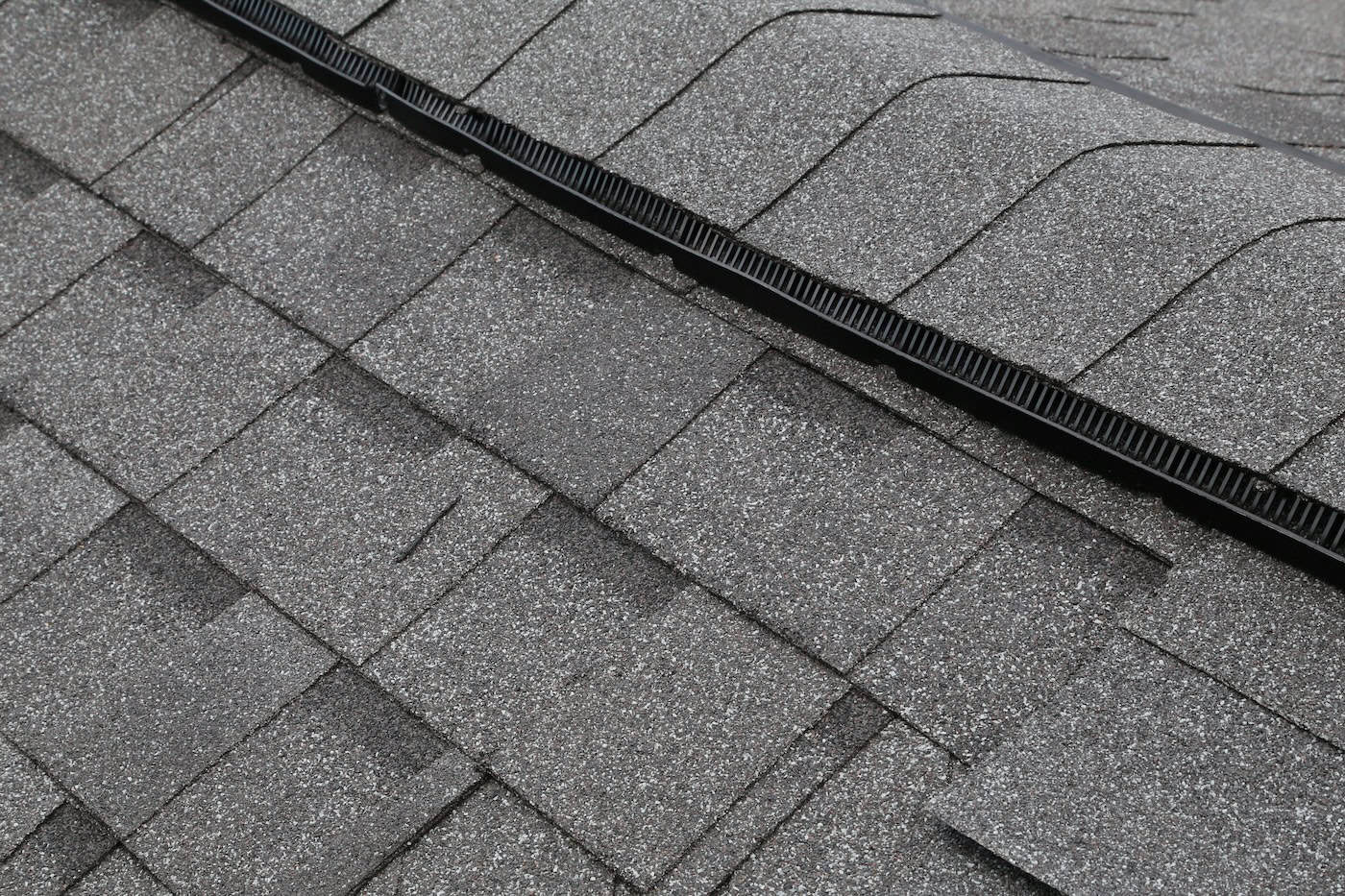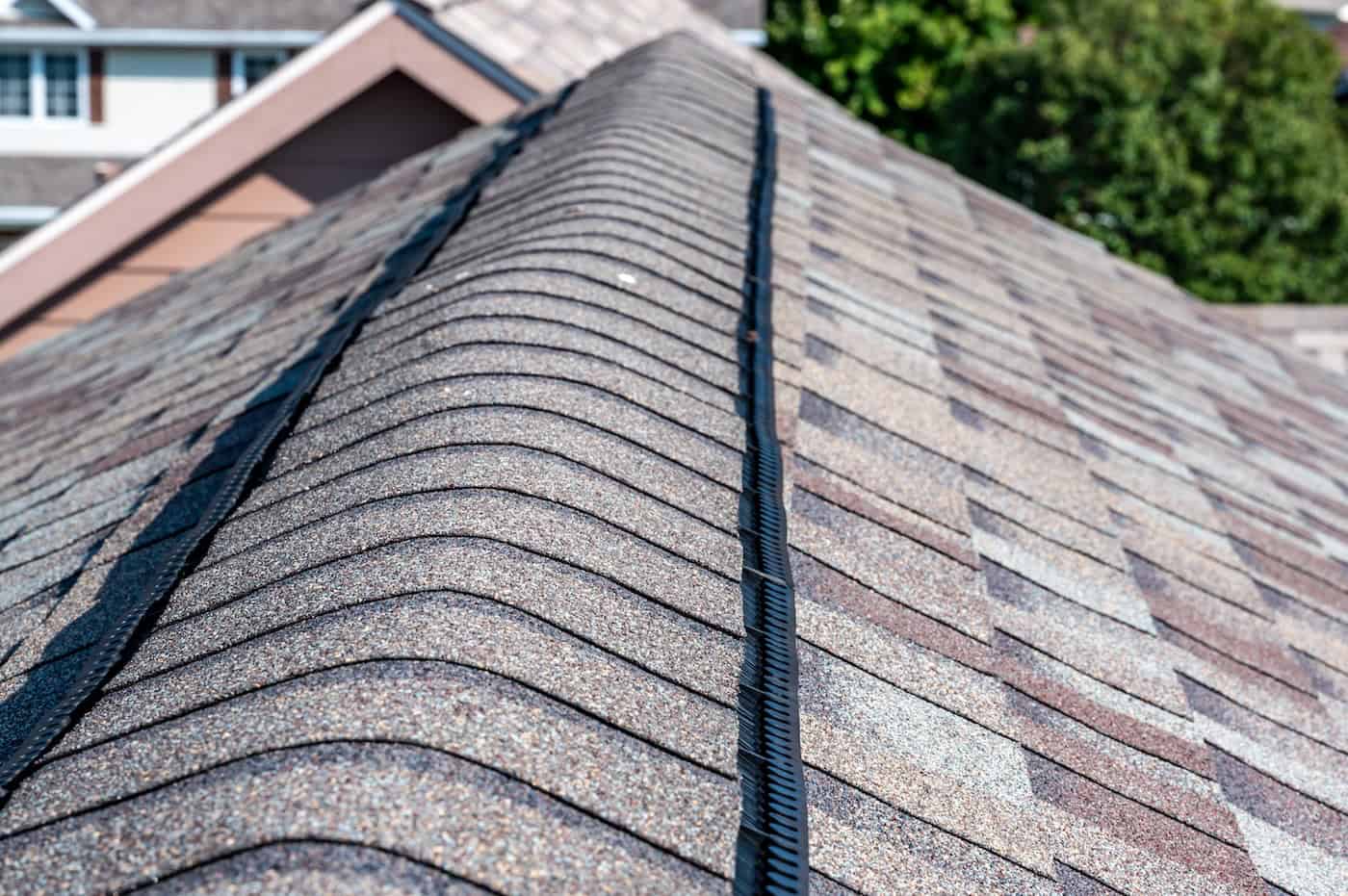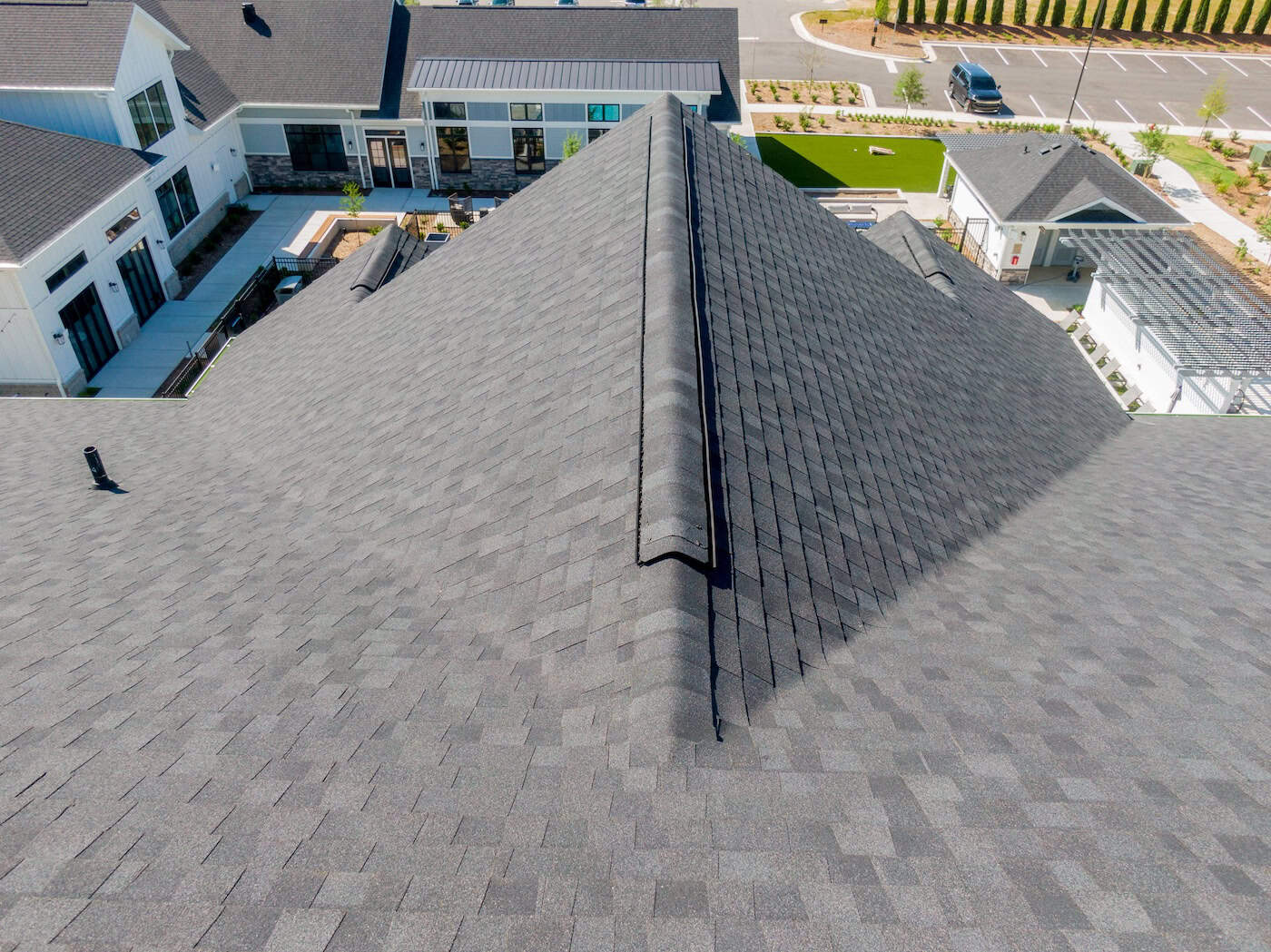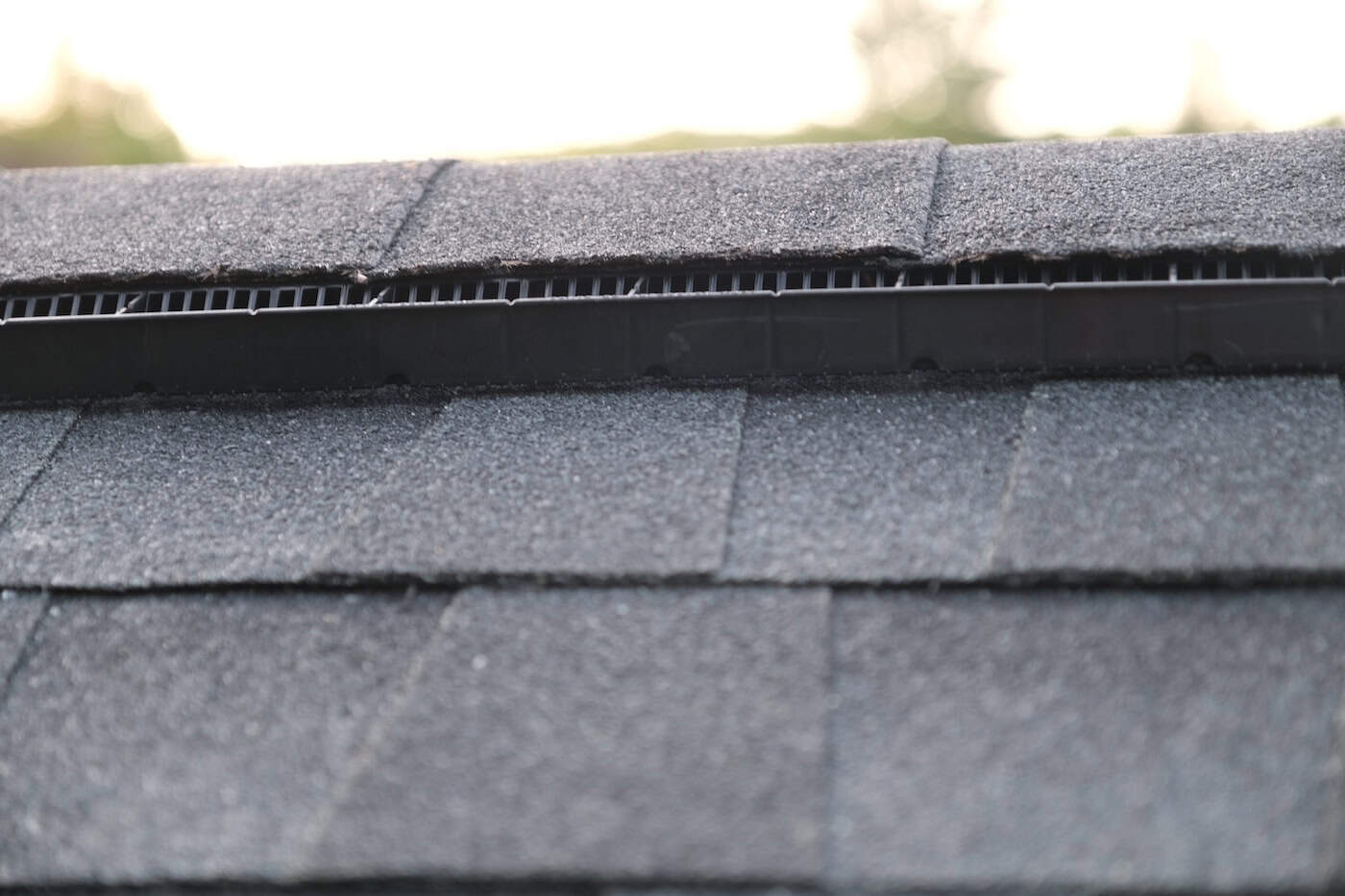Proper attic ventilation is one of the most important steps a homeowner can take to preserve roof performance and extend its lifespan. When installed correctly, ridge vents provide continuous airflow that helps regulate attic temperature, reduce moisture buildup, and prevent long-term roofing issues. Unlike other venting methods, ridge vents run the entire length of the roof peak, creating balanced ventilation that works year-round.
In this article, you’ll learn:
- What makes ridge vents different from other ventilation systems
- How they improve roof health and indoor comfort
- The specific advantages they bring to Florida homeowners
- Why professional installation matters for long-term success
What Makes Ridge Vents Different
Ridge vents are designed to work with the natural flow of air. Because warm air rises, ridge vents allow it to escape through the peak of the roof. When combined with soffit vents at the eaves, this creates a steady cycle where cool air is drawn in from below and warm air is released at the top.

This continuous airflow prevents the attic from becoming a heat trap during Florida’s hot summers. It also helps avoid moisture buildup during cooler months when condensation might otherwise accumulate inside the attic. Unlike box vents or gable vents, which provide ventilation in limited areas, ridge vents create even coverage across the entire roof. This balance helps maintain roofing materials, insulation, and structural integrity over time.
How Ridge Vents Improve Roof Health
A roof is constantly exposed to extreme heat, heavy rain, and seasonal humidity. Without ventilation, those conditions accelerate wear and tear. Ridge vents support roof health by improving airflow and protecting materials from early failure.
Moisture protection over time
Excess humidity is one of the leading causes of roofing problems in Florida. When moisture becomes trapped in the attic, it can lead to mold growth, wood rot, or damaged insulation. Ridge vents provide an exit for that moisture, keeping attic conditions stable and reducing the risk of long-term damage.
Energy savings for Florida homes
An overheated attic forces air conditioning systems to work harder. Ridge vents release trapped hot air, helping homes stay cooler without relying solely on HVAC. Over time, this translates to lower energy bills and less strain on cooling equipment. For homeowners in Port St. Lucie, where summer heat and humidity are daily challenges, ridge vents provide measurable comfort and cost benefits.
Roof material protection
Heat and moisture cause shingles, underlayment, and decking to break down faster when not properly ventilated. By keeping attic temperatures closer to outdoor conditions, ridge vents reduce expansion and contraction that can weaken roofing materials. This protection helps delay costly roof replacements and keeps your investment performing longer.
7 Key Benefits of Ridge Vents
Ridge vents play a crucial role in maintaining a healthy and energy-efficient roof system. By allowing consistent airflow along the peak of your roof, they help protect your home from heat, moisture, and costly damage over time.

- Energy efficiency: Reduce cooling costs by keeping attic heat under control.
- Roof longevity: Protect shingles, decking, and underlayment from premature failure.
- Moisture control: Limit condensation that can cause mold, mildew, and rot.
- Even ventilation: Provide balanced airflow across the entire roofline.
- Curb appeal: Maintain a low-profile appearance that blends into the roof.
- Low maintenance: Avoid mechanical parts or frequent servicing.
- Year-round performance: Improve comfort in both hot summers and cooler months.
Common Misconceptions About Ridge Vents
While ridge vents are highly effective, there are several myths that cause homeowners to question their value. Clearing up these misconceptions helps you better understand why ridge vents are a smart choice for long-term roof performance.
“They let in rain during storms.”
Modern ridge vent systems are designed with external baffles that block wind-driven rain while still allowing airflow. In storm-prone regions like Florida, this design ensures weather resistance without sacrificing ventilation.
“Soffit vents are enough.”
Soffit vents bring in cooler air but require an outlet to work properly. Ridge vents complete the system by allowing warm air to escape. Without them, airflow becomes stagnant and less effective.
“They don’t matter in small attics.”
Even smaller homes benefit from ridge vents. Any attic that traps heat or humidity is at risk for roofing problems, no matter its size. Consistent ventilation provides protection in homes of every type.
Homeowners who rely only on partial ventilation often notice musty odors, uneven attic temperatures, or premature roof wear. These problems are easily prevented with ridge vents.
Why Ridge Vents Are Essential in Florida’s Climate
Florida homeowners face unique roofing challenges due to constant sun exposure, high humidity, and seasonal storms. Ridge vents provide solutions that directly address these concerns.
- Summer heat: Attic temperatures can climb well above 120°F. Ridge vents help release this heat before it damages roofing materials or forces cooling systems to overwork.
- Humidity control: Excess moisture from Florida’s damp climate often collects in poorly ventilated attics. Ridge vents help prevent this accumulation, reducing the risk of mold.
- Storm durability: Properly installed ridge vents are engineered to resist hurricane-force winds and driving rain. This durability ensures homes remain protected even during severe weather.
For homeowners in Port St. Lucie, these benefits are especially valuable. Year-round sunshine, sudden thunderstorms, and occasional tropical systems make ventilation one of the most important aspects of roof health. We’re proud to serve home and business owners in Port St. Lucie, FL, and nearby cities with ridge vent installation and more.
Professional Installation vs. DIY
While some homeowners consider installing vents themselves, professional installation is always recommended. Ridge vents must be cut into the roof peak and carefully sealed to prevent leaks. Incorrect installation can lead to water intrusion or reduce the vent’s effectiveness.

A licensed roofing contractor ensures that ridge vents are paired correctly with soffit vents, installed to manufacturer specifications, and fully weatherproofed. This professional approach provides lasting results and peace of mind for homeowners.
Walsh Roofing: The Trusted Choice for Ridge Vent Installation
At Walsh Roofing, we believe that proper ventilation is the foundation of a healthy roof. Our experienced team installs ridge vents with precision, ensuring your home receives balanced airflow and long-term protection. With a reputation for craftsmanship, integrity, and customer care, we are proud to be the roofing company homeowners across the Treasure Coast trust.
If you’re ready to improve your roof’s performance and reduce energy costs, contact Walsh Roofing today for a free inspection. Roof vents are a simple upgrade with lasting benefits — and our team is here to make sure the job is done right the first time.

